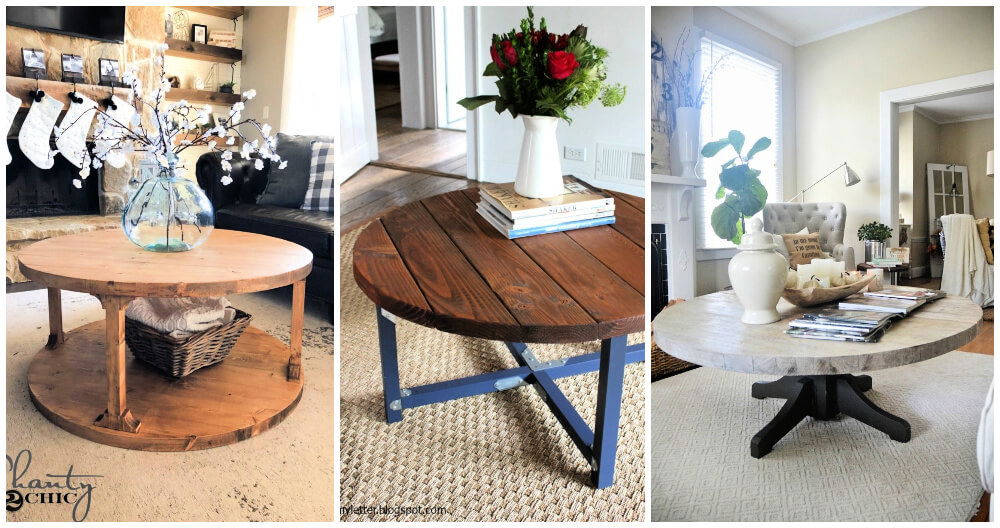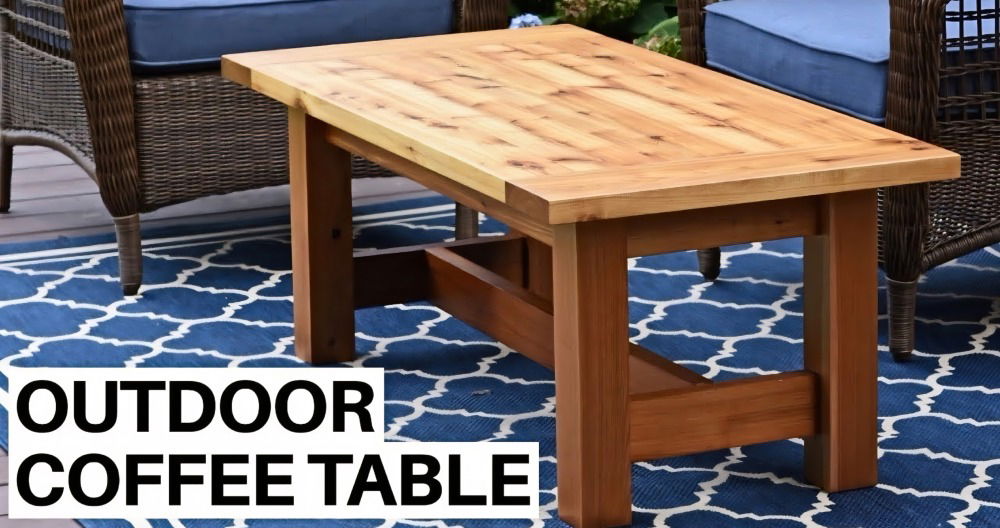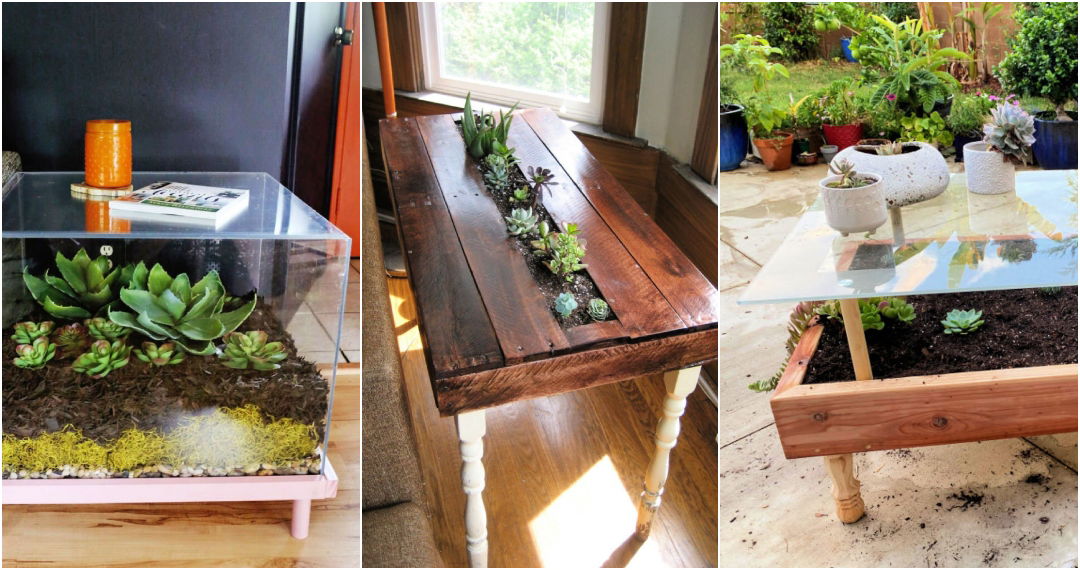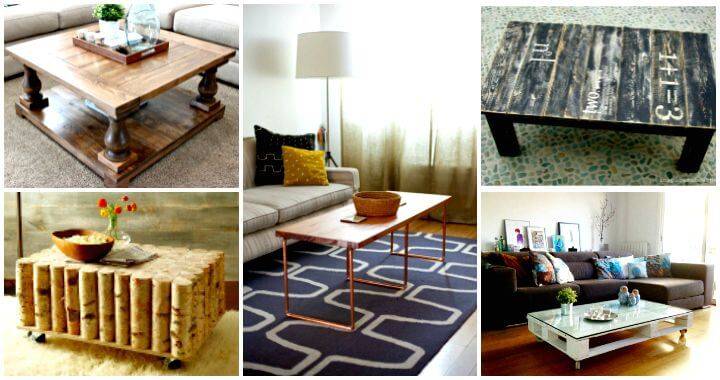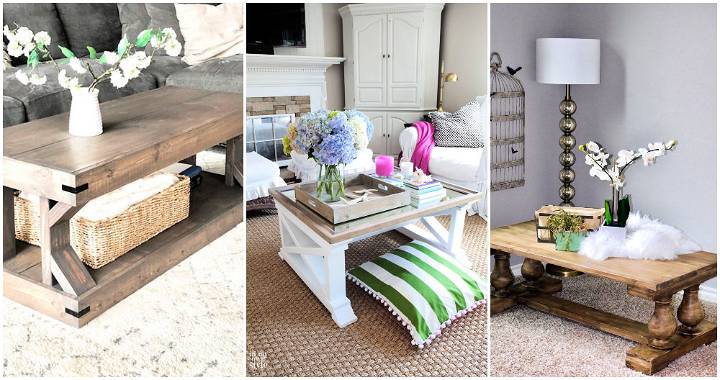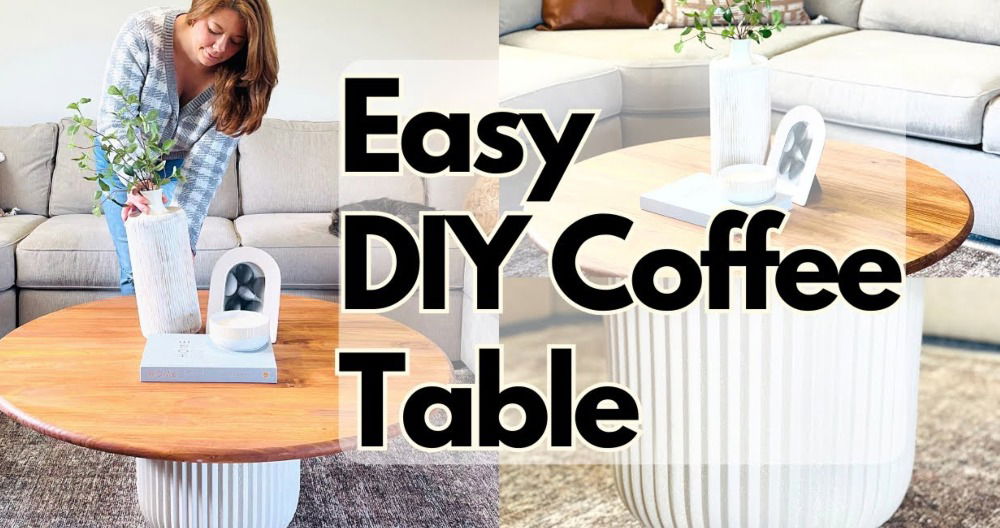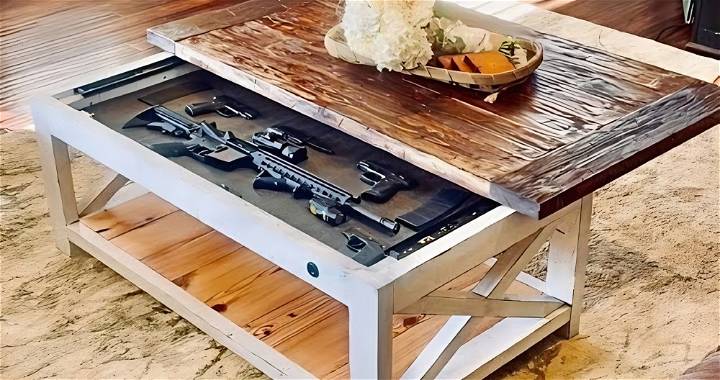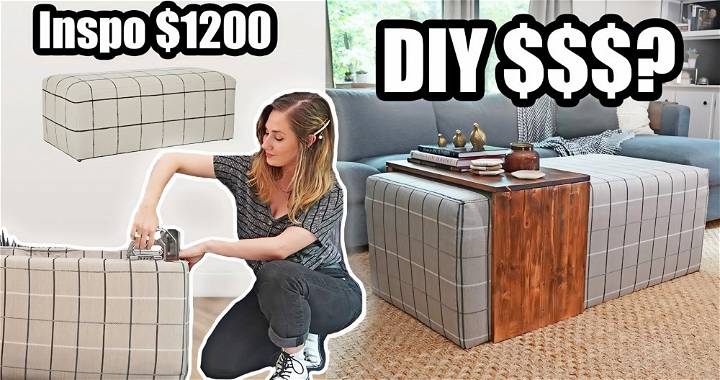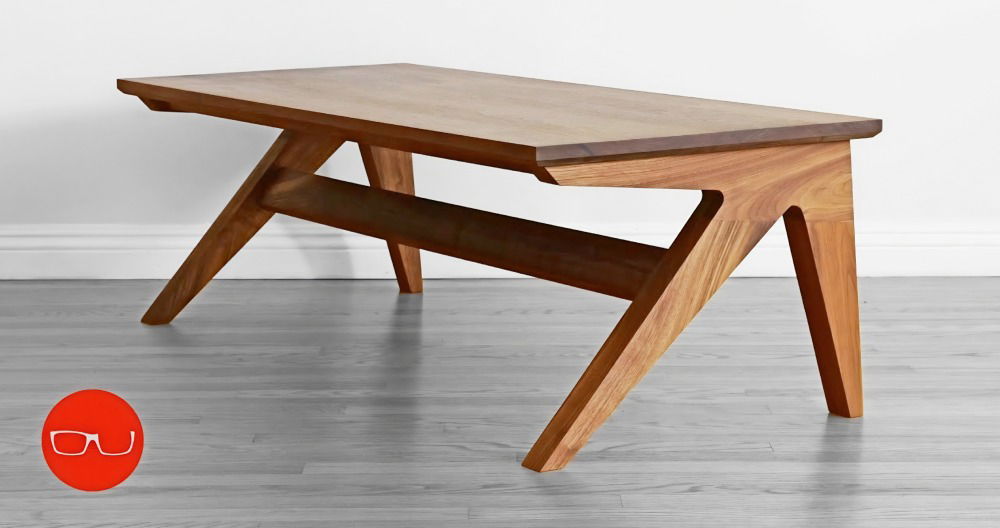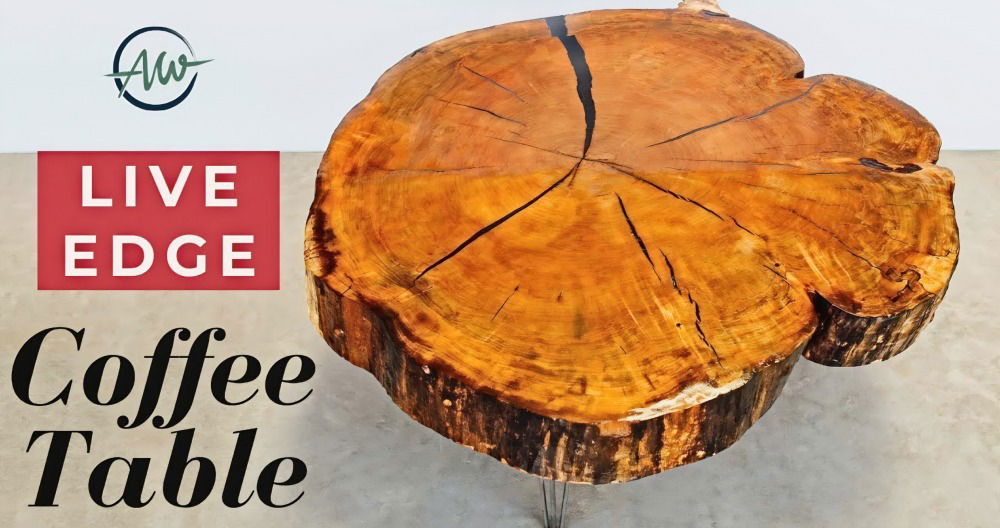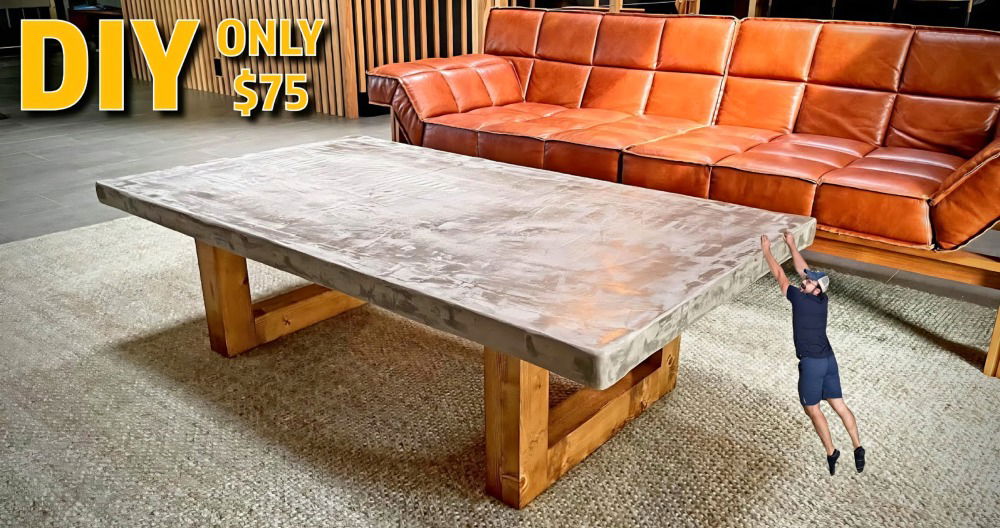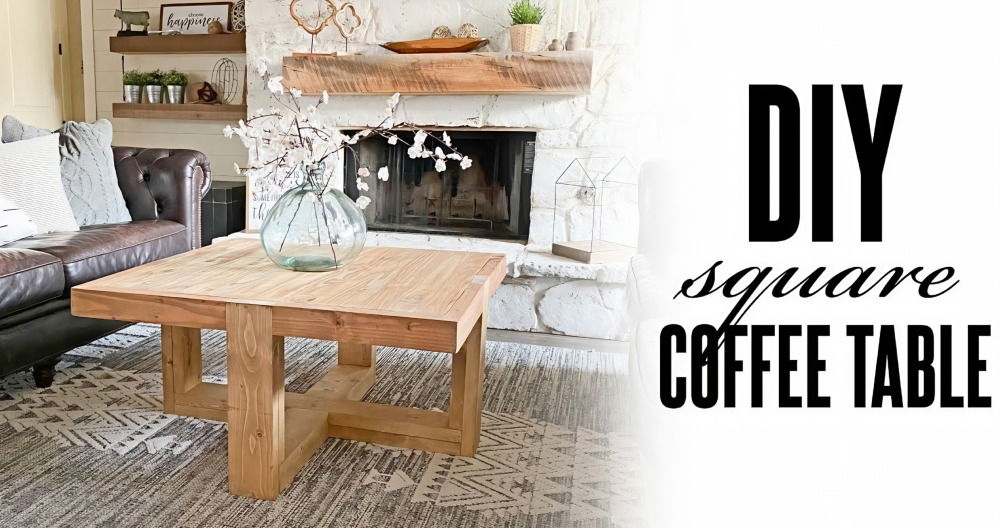I've always been captivated by the idea of turning discarded materials into something beautiful and functional. Inspired by a project I came across online, I decided to take on the challenge of transforming free pallets into a rustic coffee table. I want to walk you through the process, step by step, hoping to inspire you to embark on your own pallet wood project.
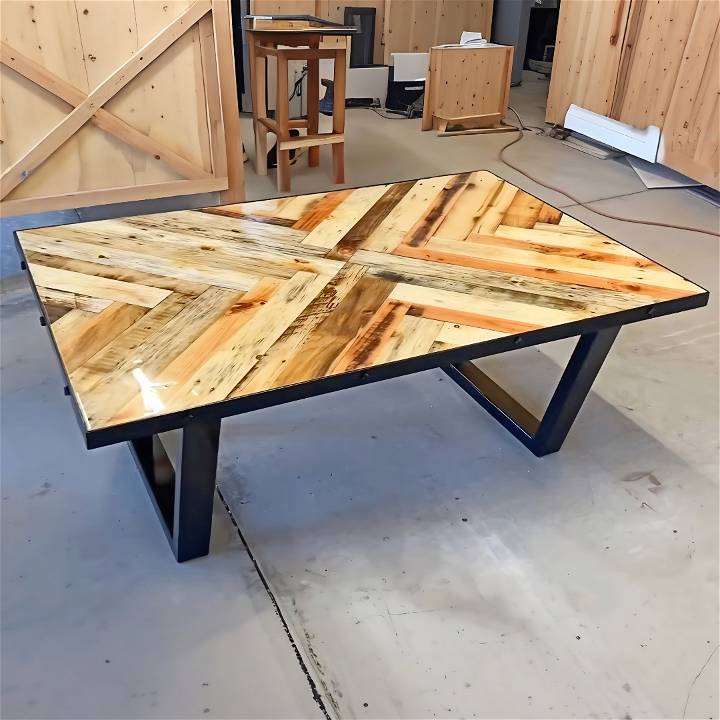
Gathering Materials
Pallet wood is not only free but it's also sturdy and has a lot of characters. For this project, I sourced several pallets from local businesses that were more than happy to get rid of them. Other materials I gathered included a piece of 3/4 inch plywood for the base, finishing nails, glue, and epoxy resin for the finish
Tools You'll Need
To handle the pallets and assemble the table, I used a range of tools:
- Sawzall (for dismantling the pallets)
- Chop saw and table saw (for trimming and sizing)
- Planer (for smoothing the surfaces)
- Orbital sander (for final sanding)
- Finish nailer (for assembly)
- Propane torch (for finishing touches on the epoxy)
Breaking Down the Pallets
The first step was breaking down the pallets. Using a Sawzall made quick work of this, allowing me to separate the usable wood from the parts not fit for the project.
Prepping the Wood
After removing all nails and disposing of the unusable pieces, I trimmed the split ends off the planks and used a jig on the table saw to cut straight edges. A light planing followed, ensuring I maintained the rustic texture I loved about pallet wood.
Building the Base
For the table's base, I cut a piece of plywood to my preferred dimension of 4 feet by 3 feet. This plywood served as a strong foundation to nail the pallet pieces onto. I decided on a herringbone pattern for the table's surface, a choice that promised both aesthetic appeal and a fun assembly process.
The Assembly
With my pallet wood prepped and my base ready, I began the process of laying out the pattern. After marking the center lines and the 45-degree angles for the herringbone design, I started gluing and nailing each piece onto the plywood base with my finish nailer. The satisfaction of watching the project come together was unparalleled.
Applying the Finish
Once the assembly was complete, I sanded the table lightly to prepare it for finishing. I opted for an epoxy resin glaze coat, which would not only protect the table but also highlight the beautiful textures and colors of the wood. After mixing the epoxy, I poured a thin coat over the table, using a propane torch to remove any bubbles. A second coat ensured a smooth, glossy finish.
Constructing the Legs
I wanted the table to have a sturdy, industrial look, so I fabricated the legs from rectangular tubing and flat bar metal, giving them a sleek, black gloss paint finish. Attaching the legs to the table was straightforward, thanks to the pre-drilled holes and threaded inserts that securely held them in place.
Adding the Final Touches
To complete the table, I added metal strapping along its edges, fastening them with decorative square head bolts for an extra rustic charm. This not only added to the table's aesthetics but also provided additional stability.
Reflections on the Project
Looking at the finished table in my living room, I felt a deep sense of accomplishment. The project, which cost me around $137 in materials excluding the free pallets and plywood, was not just a creative outlet but also a lesson in sustainability and resourcefulness.
If you're considering taking on a pallet wood project, here's my advice: don't hesitate. With some patience and creativity, you can transform discarded materials into a piece of furniture that's both beautiful and meaningful.
Design Ideas for Pallet Coffee Tables
When it comes to making a unique pallet coffee table, the possibilities are endless. Here are some design ideas that can inspire you to build a piece that's not only functional but also a conversation starter in your living space.
Rustic Charm
For those who love a warm, country vibe, a rustic pallet coffee table is the perfect choice. To achieve this look:
- Sand the wood lightly to keep the natural grain and imperfections visible.
- Stain the wood with a walnut or cherry finish to add depth and warmth.
- Add vintage-style wheels for easy movement and a touch of whimsy.
Modern Minimalist
If your taste leans towards the sleek and simple, a modern minimalist design might be for you. Consider these ideas:
- Paint the pallet in a high-gloss white or black for a clean, crisp look.
- Keep lines straight and the structure simple with a flat top and uniform shelving.
- Use glass or plexiglass as a top surface for a sophisticated touch.
Industrial Edge
An industrial-themed pallet coffee table can give your room an edgy, contemporary feel. To build this style:
- Combine metal and wood by adding steel pipes or metal legs to the pallet.
- Leave the wood unfinished or use a matte sealant to preserve the raw, industrial look.
- Incorporate gears or metal accents for authentic industrial details.
Bohemian Rhapsody
For a more eclectic and free-spirited approach, a bohemian-style pallet coffee table can be a fun project. Try these ideas:
- Use bright, bold colors or patterns to paint the pallet.
- Add texture with tassels, fringe, or fabric for a layered look.
- Incorporate elements of nature like a built-in planter for succulents or a space for candles.
Coastal Retreat
Build a beachy vibe with a coastal-inspired pallet coffee table. Here's how:
- Choose light, airy colors like seafoam green, sandy beige, or ocean blue.
- Distress the wood to mimic the weathered look of driftwood.
- Accessorize with seashells, rope handles, or a fishnet underlay.
To make a DIY pallet coffee table, customize the design to your style and home decor for a unique piece that suits your needs.
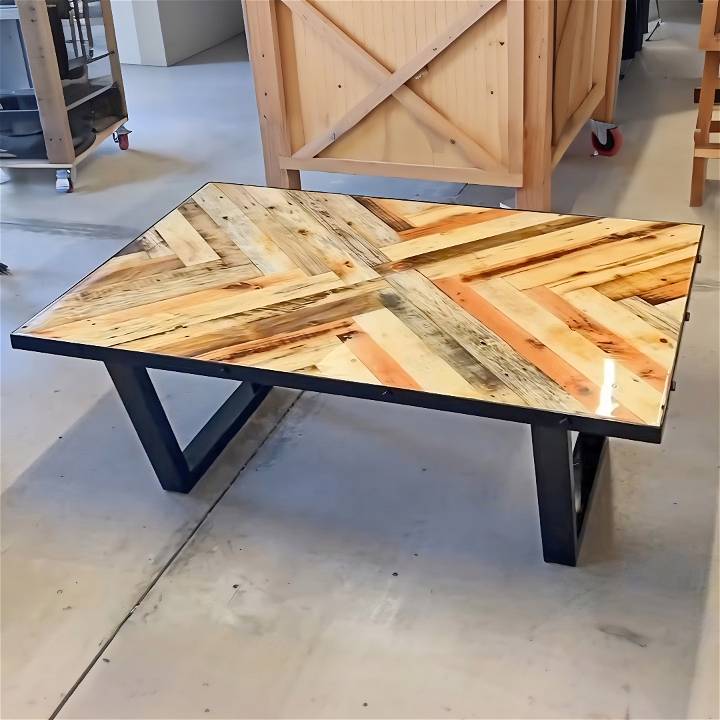
Upcycling Tips for Pallet Coffee Tables
Upcycling pallets into coffee tables is not only a creative way to recycle but also an opportunity to add a personal touch to your home decor. Here are some tips to help you turn old pallets into a stylish and functional coffee table.
Choosing the Right Pallets
- Look for pallets that are clean and free from spills or stains.
- Check for the IPPC logo, which indicates the pallet has been treated and is safe for indoor use.
- Avoid pallets with a dark color or oily residue, as they may have been used to transport hazardous materials.
Preparing Your Pallets
- Wear gloves and safety glasses to protect yourself during the preparation process.
- Use a sanding machine or sandpaper to smooth out rough edges and surfaces.
- Remove any nails or staples that could cause injury or snag fabrics.
Designing Your Table
- Decide on the size of your coffee table and whether you'll stack multiple pallets or use just one.
- Plan for storage by considering the addition of shelves or drawers between the pallet layers.
- Think about mobility, and if you'd like to add wheels for easy movement around the room.
Assembling Your Table
- Use strong adhesive and screws to secure the pallets together if you're stacking them.
- Reinforce the structure with additional wood planks or metal brackets for stability.
- Attach legs or wheels to the bottom of your pallet table to raise it to the desired height.
Finishing Touches
- Choose a finish that complements your room's decor, whether it's a clear varnish, paint, or stain.
- Add a glass top for a sleek surface that's easy to clean and showcases the wood beneath.
- Accessorize with coasters, plants, or books to make the table both practical and decorative.
By following these tips, you can build a pallet coffee table that shows your commitment to sustainability and creativity. Enjoy giving old materials new life and be proud of your handcrafted furniture.
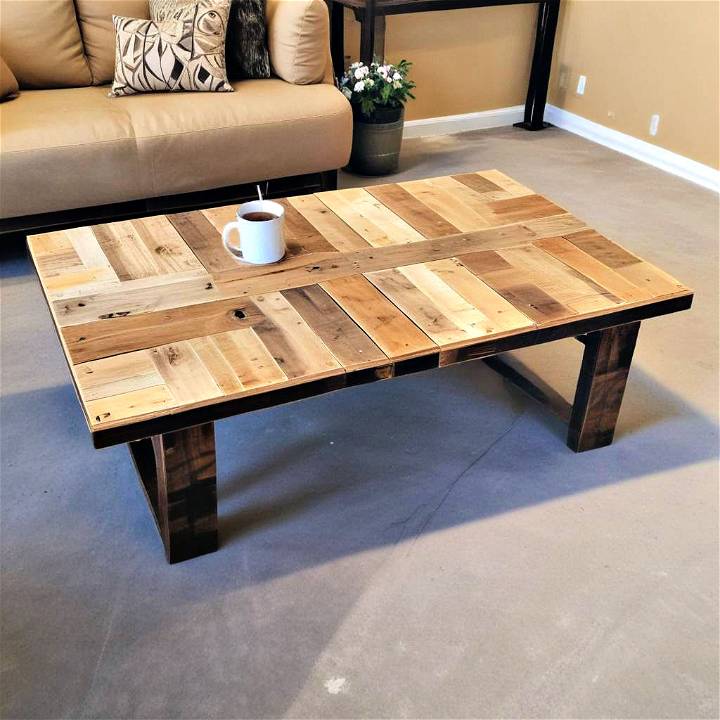
FAQs About Pallet Coffee Tables
Everything you need to know about pallet coffee tables in one place! FAQs are answered in this comprehensive guide. Perfect for DIY enthusiasts and interior decor lovers.
What is a pallet coffee table?
A pallet coffee table is a piece of furniture made by repurposing wooden pallets, which are typically used for shipping goods. It's a popular DIY project because it's cost-effective and eco-friendly.
How do I choose the right pallets?
Look for pallets marked with “HT,” which means they've been heat-treated, not chemically treated. Avoid pallets that have spills, stains, or an odd smell, as they might have been used to carry hazardous materials.
Can I customize my pallet coffee table?
Absolutely! You can paint it, stain it, add wheels for mobility, or even attach a glass top. You can also add shelves or drawers for extra storage.
How do I ensure my pallet coffee table is safe to use?
Sand down any rough edges to prevent splinters. If you're stacking pallets, secure them together with screws for stability. Always check for and remove any protruding nails.
How do I maintain my pallet coffee table?
Clean it regularly with a damp cloth. If it's painted or stained, you might need to touch it up every now and then to keep it looking fresh. If used outdoors, consider a waterproof sealant to protect it from the elements.
Conclusion
This journey, from collecting pallets to completing a coffee table, taught me more than just woodworking skills. It was a reminder of the joy of making something with my own hands and the importance of seeing potential in the overlooked. I hope this guide inspires you to embark on your own DIY project, turning the ordinary into something extraordinary.


